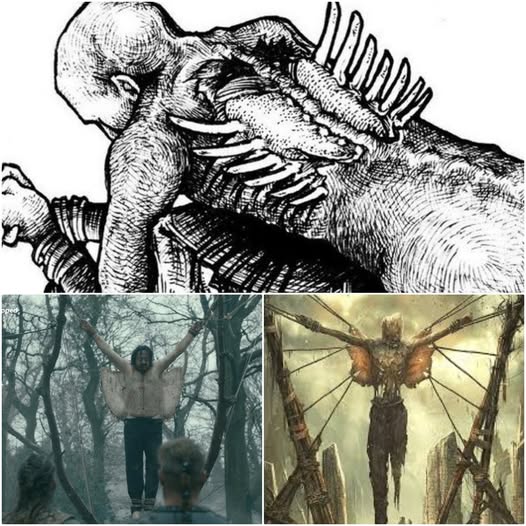The Blood Eagle: Unraveling the Chilling Ritual of Viking History

In a chilling journey into the dark side of Viking history, the infamous Blood Eagle ritual has resurfaced in historical debates, leaving scholars and enthusiasts alike questioning the line between fact and legend. This gruesome method of execution, described in ancient sagas, allegedly involved a brutal procedure where victims had their ribs severed from the spine while still alive, creating a horrifying spectacle that shocked all who witnessed it. However, the question remains: is this truly historical fact, or merely a myth amplified over centuries to portray Vikings as savage warriors?

The Blood Eagle has long captivated the imagination of those intrigued by Viking culture, often serving as a symbol of their feared reputation. The sagas, rich in dramatic storytelling, depict this ritual as a punishment reserved for the most heinous of foes. Yet, as the tales have been passed down through generations, they have also been subject to embellishment and exaggeration. Recent archaeological evidence and forensic studies have begun to unravel the mystery surrounding the Blood Eagle, suggesting that while extreme forms of punishment did exist in Viking society, the ritual as depicted may be partly symbolic or exaggerated.
Archaeological findings have revealed burial sites with signs of trauma, but these do not uniformly support the existence of the Blood Eagle as described in the sagas. Instead, they indicate that Vikings employed various forms of capital punishment, including hanging and beheading. This evidence complicates the narrative, revealing that while Vikings were indeed brutal in their conflicts, the sensationalized accounts may have served a purpose beyond mere historical record. They reflect the societal need to uphold a certain image of Viking valor and ferocity, perhaps to instill fear in their enemies or to glorify their warriors.

As scholars delve deeper into this enigmatic aspect of Viking culture, the truth remains elusive, teetering between historical reality and legend. The Blood Eagle challenges our understanding of Viking brutality, ritual, and storytelling. It raises essential questions about how history is recorded and remembered, and the ways in which myths can shape our perceptions of the past.
In conclusion, the saga of the Blood Eagle invites us to examine the complexities of Viking history with a critical eye. As we navigate the murky waters of fact and fiction, we are reminded that history is often as much about interpretation as it is about discovery. The chilling tales of the Blood Eagle serve as a stark reminder of the power of storytelling in shaping cultural identities and perceptions, urging us to reconsider what we think we know about the Vikings and their place in history. What other myths might lie hidden within the sagas, waiting to be uncovered?











